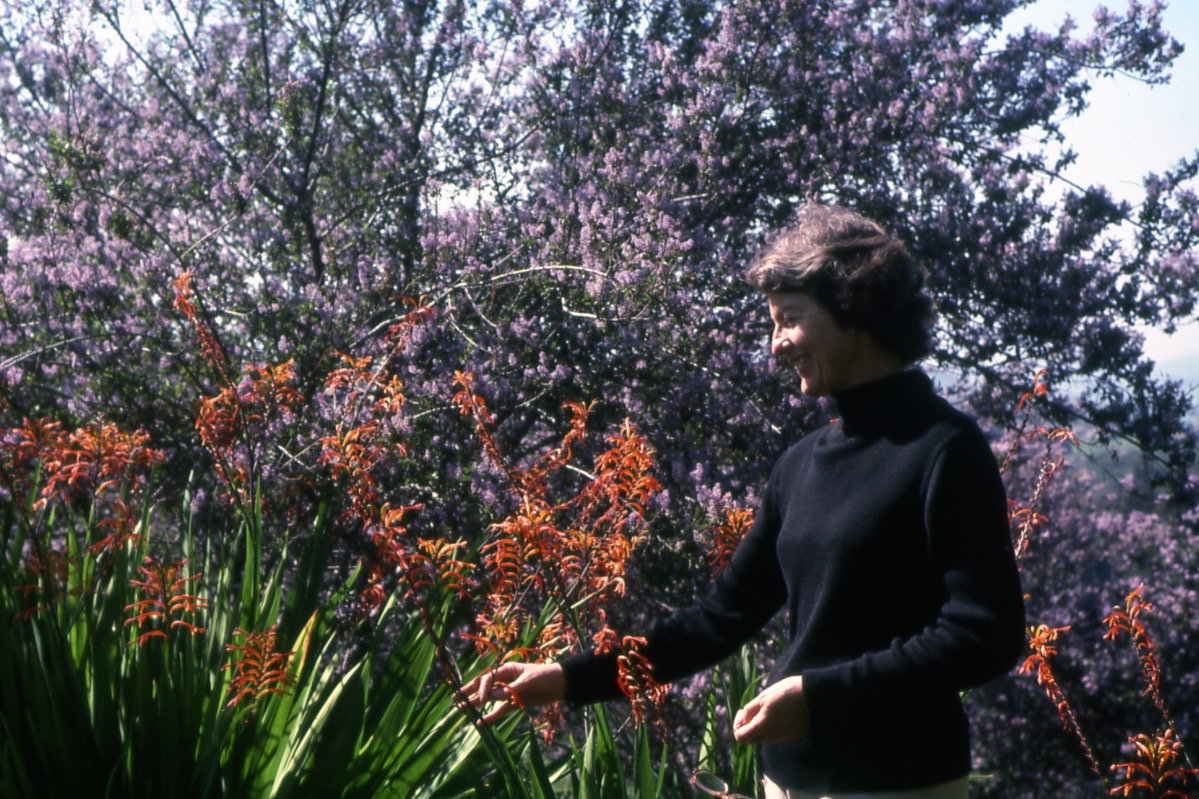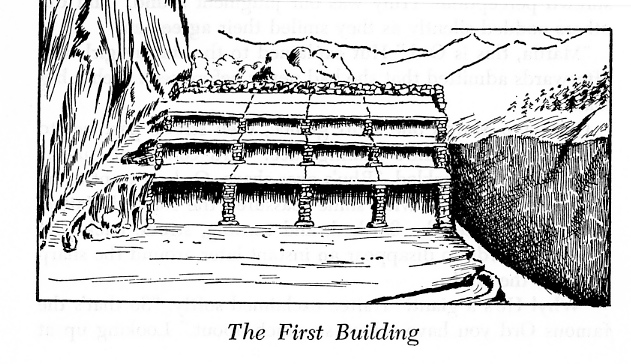Do you think of your spiritual progress as advancement or unfoldment? All of us are born with an urge to advance – improve, progress. People naturally try to satisfy this drive in recognized physical ways – being the best at sports, smartest in school, most popular. The newest car, finest home, highest salary are common objectives.
These material accomplishments bring rewards and recognition in the world’s eyes. Progress is usually linear, toward a definite goal as athlete, musician, scientist or academic.
Spiritual advancement for truth students means progression to a higher stage of development. This purpose gradually assumes real importance for sincere Lemurian students. And a kindred term – unfoldment – is a holistic process equally inseparable from spiritual attainment.
Spell-Check flags unfoldment, but the dictionary says: to open out, expand, blossom, develop, evolve – so expressive of the gradual opening up that occurs as students embrace and use universal principles to enhance their lives and others’.
No rose, opening in the sun’s warmth, is lovelier than a man or woman beginning to unfurl the petals of ordinary life and stretch into their true potential.
Although the Fellowship safeguards student information as confidential, with her permission, we can share the journey of one Lemurian we will call Annie. Her life reflects few of the accepted signs of advancement or material success but was a triumph of unfoldment.
Born into the Depression, Annie shared only bits and pieces of a difficult childhood, saying that people then were sometimes as hard as the times, and for her, it was a period to get through rather than enjoy as part of a loving family. When she was eight, her mother died of tuberculosis and her father remarried. The new relatives seemed cool to Annie and her sister, who also suffered with TB, and their father was preoccupied with the sick girl. Annie, a small waif, roamed the neighborhood unsupervised, climbing the hills and developing her love of nature, animals and birds.
After high school, Annie got a job where she met a Lemurian who became an important influence. They stayed in touch for years during which Annie married and had her first child. Then came her most wrenching experience: the sudden death of her firstborn. In profound grief, Annie turned to her Lemurian friend, who drove to her home to comfort her and talk about life’s purpose as he knew it from his Lemurian training. This kindness, never forgotten, led to her enrolling with the Lemurian Fellowship.
After completing the Basic Course and Advanced Training, Annie earned a place in the Lemurian Order. Drawing on her artistic talents, she became deeply involved in Lemurian Crafts work, creating custom plaques popular with architects of upscale homes. Meanwhile she and her husband struggled with finances, schools not helping her daughter learn, a son who seemed to attract trouble.
Seeking greater purpose, Annie began working at the Lemurian Fellowship, developing unsuspected strengths. With a rare understanding of people, she became a Fellowship teacher, earning a position of high responsibility. For 30 years, Annie nurtured many Lemurian students, drawing on her sometimes bitter experiences to offer wise, compassionate advice as she moved forward with her personal advancement or unfoldment.

Annie’s words to a grieving student seem a fitting memorial for her: “I know how personally devastated we are when a loved one leaves when her time is up. You know the hard problems she valiantly worked with during her life with courage and deep understanding of all she gained through her trials. May we all do as well.”

